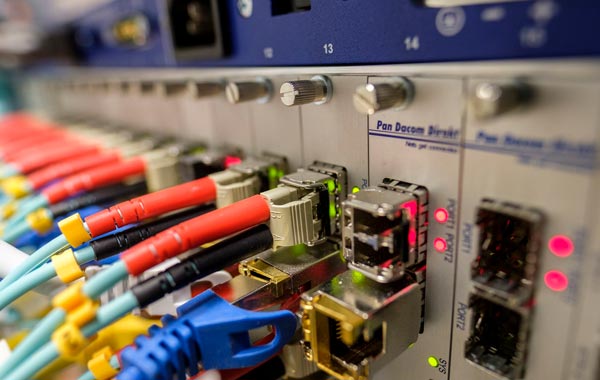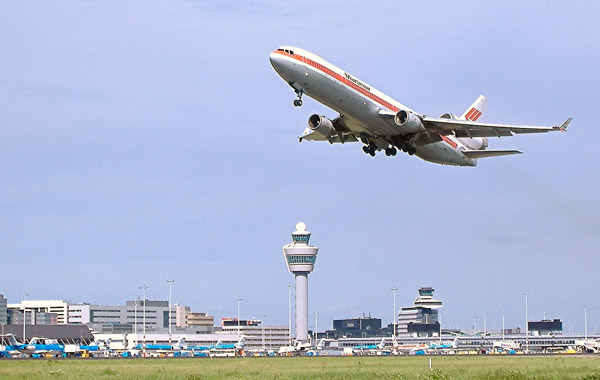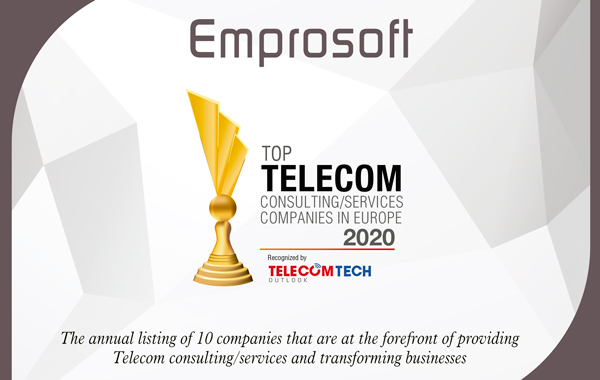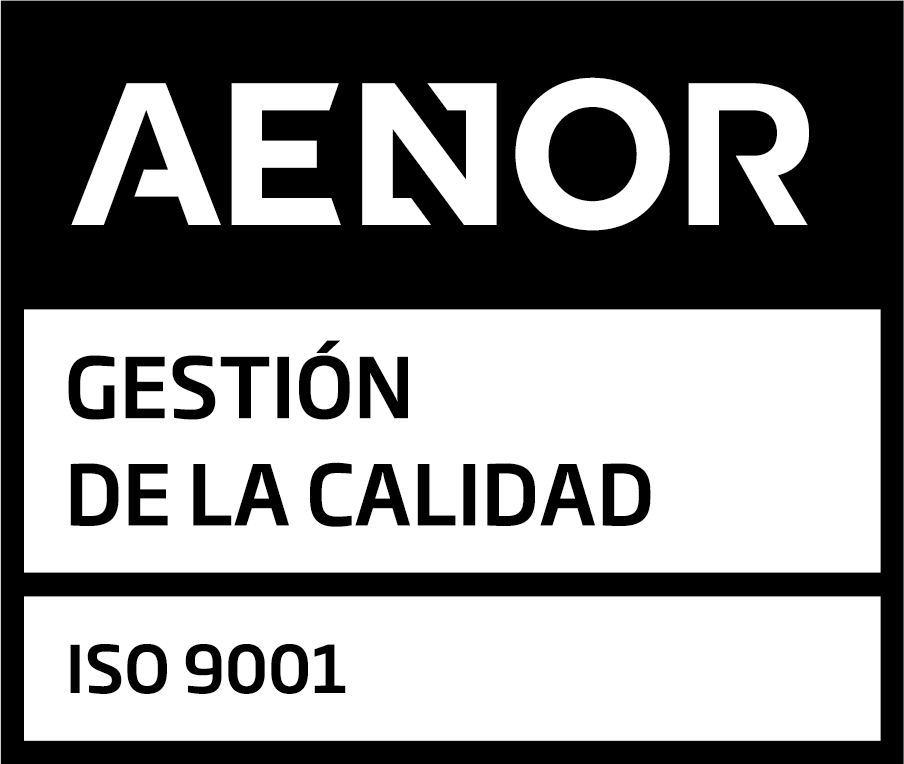Types of Optical Fiber
Fiber is currently the best asset for operators to attract and retain their customers. Therefore, they are striving for its deployment and reconfiguration. However, what types of optical fiber installations are there?
Types are often defined by the number of connections or needs of the users who are going to use this fiber network. That’s why not all installations are the same.
This post is about ...
There are many types of fiber, but in this article, we will talk about the four most widespread models. We will take as a reference how far the fiber reaches, listing them from those that provide a faster connection to those that provide the lowest one. It is clear that the infrastructure’s cost for operators is higher or lower depending on the installation.

FTTH (fiber to the home).
This type of installation offers the best quality and highest cost and allows speeds of Gigabytes. This connection directly links the operator’s headquarters with the client, that is, there is no interferences or blockages.
FTTO (fiber to the office).
The same as above, but it only reaches an office or company. The main difference with FTTH is that its configuration is designed for IP telephony, videoconference, etc.
FTTB (fiber to the building).
This type of fiber connection reaches a building’s switchboard and from there it is distributed to the network points through a copper pair or Gigabit Ethernet over twisted pair.
FTTC (fiber to the cabinet).
In this case, unlike in the case above, the connection does not directly reach the client nor any of their properties, but a headquarters or cabinet theoretically located no more than half a kilometre away from its final destination. This allows operators to reduce installation costs. The performance of these connections in terms of speed is somewhat lower but not too much.
Which is the best fiber connection?
Although some of the fiber connections mentioned above tend to disappear due to the renewal of the operators’ installations, the best type of fiber connection will be the one that covers user’ needs concerning speed and resources, including the economic factor, i.e. with the best value for money. To sum up, the type of technology used by operators would remain in the background or wouldn’t be relevant.
Lastest Post

Brussels will mediate the conflict between operators and large technology companies.
From Brussels they intend to mediate in the conflict between operators and technology giants over the financing of new infrastructures.

How to get the best phone rates in the market?
Here are four tips to help you find the rate in the market that best suits your needs and budget.

Consultation prior to the EU regulation on shared network costs.
The European Commission will perform a public consultation to shortly legislate on shared network costs.

Eliminating roaming costs thanks to the Spanish start-up Holafly.
Holafly, through an eSim, allows users to connect to the network of a local telephone service provider when abroad.

Movistar’s price increase in January.
Spanish Movistar’s customers will face higher prices from next January, the telecom operator has recently announced an price increase.
 Solutions for Telecom Expense Management, which does not depend on operators, since 1985.
Solutions for Telecom Expense Management, which does not depend on operators, since 1985.


Solutions for Telecom Expense Management, which does not depend on operators, since 1985.
© 2023 Emprosoft, S.A. | Legal Notice | Privacy Policy


0 Comments